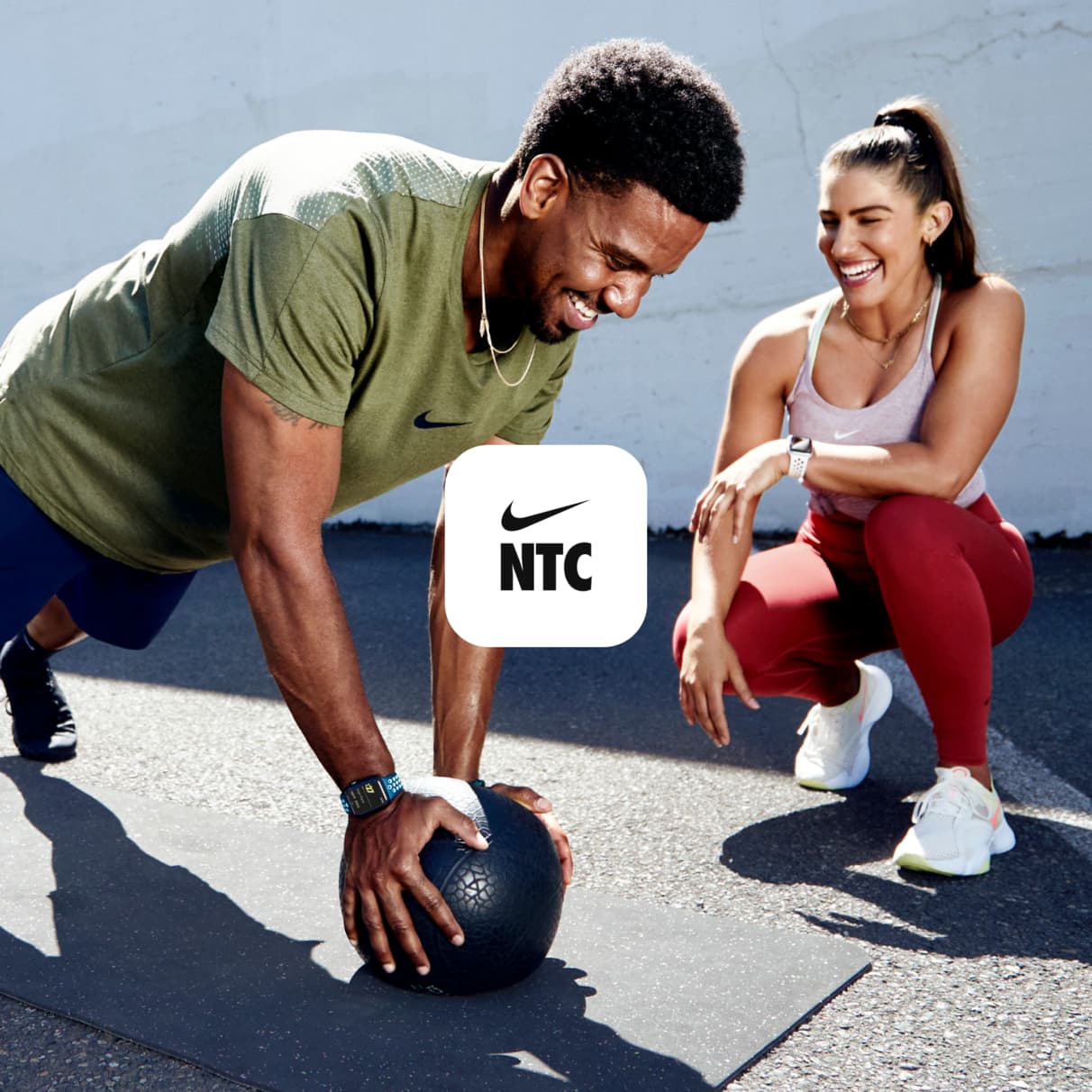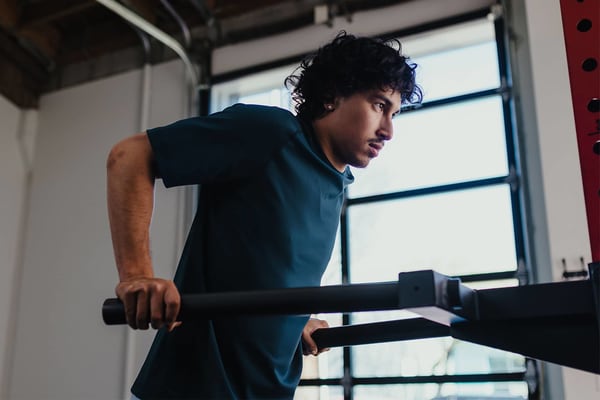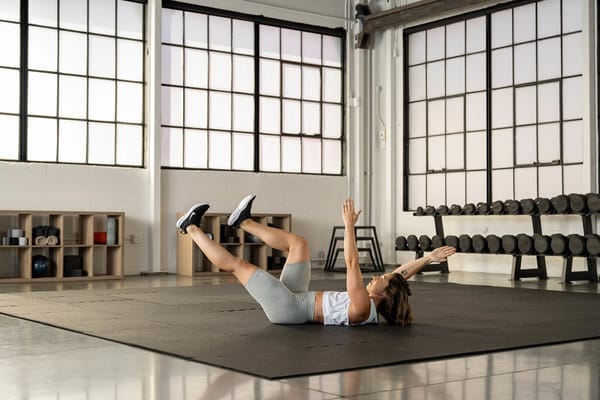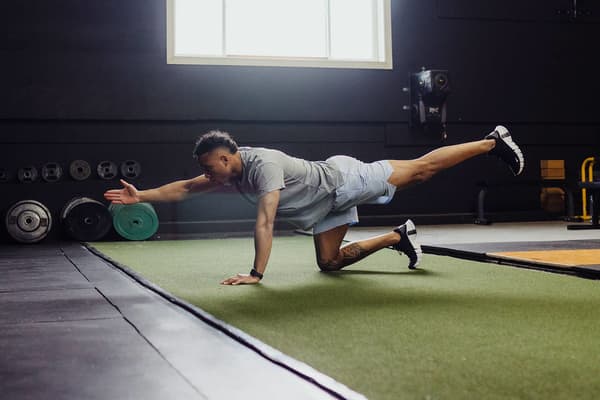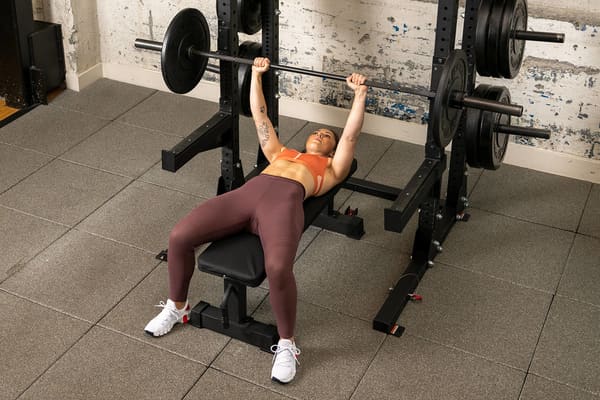7 Variations of Glute Bridges That Will Shake Up Your Next Workout
Sport & Activity
Experts explain how to do glute bridges and recommend these variations for increased strength.

Relatively accessible and low-impact, glute bridges are a great addition to just about any strength routine. And there's no shortage of variations to try—many target all three major muscle groups in your glutes. These moves also recruit your hamstrings and abdominal muscles, as well.
"Bodyweight glute bridges from the floor are a great start for people who haven't done much glute training", said James Shapiro, MS and a NASM-CPT. Eventually, you'll want to progress to more challenging variations to continue seeing progress in strength and muscle, he noted.
Below, Shapiro and Vanessa Windt, an ISSA-CPT, rounded up seven glute bridge variations to test out in your upcoming workouts. But before diving into that, here's a brief recap on how to do basic bodyweight glute bridges:
- Lie on your back with your knees bent and feet hip-width apart on the floor.
- Tuck your pelvis slightly and brace your abdominal muscles.
- Gently press into your heels as you lift your pelvis towards the ceiling, keeping your upper body on the ground.
- Squeeze your glutes at the top of the movement.
- Slowly lower your pelvis to the floor.
"It's important that your glutes are the main working muscle and not your lower back", Windt said. To ensure this, make sure you don't arch your back at any point during the exercise. Instead, keep your core engaged and tight, pelvis slightly tucked and spine neutral.
(Related: So, What's a Callisthenics Workout, Anyway?)
If you feel the exercise more in your quadriceps (the muscles in the front of your thighs) than your glutes, your feet might be too close to your body or you may be pushing off with your toes, Windt said. To avoid this, make sure you're pushing off with your heels and that your knees form a 90-degree angle in the top position.
Once you've perfected bodyweight glute bridges, level up with these variations.
1.Bodyweight Glute Bridge Hold
The easiest way to take bodyweight glute bridges up a notch without adding weight is to hold the glute contraction at the top of the movement. "This will help isolate the glutes and make the exercise more challenging", Windt said.
Start with a one-second hold and build up to 10-second holds.
- Lie on your back with your knees bent and feet hip-width apart on the floor.
- Tuck your pelvis under slightly and brace your abdominal muscles.
- Gently press into your heels as you lift your pelvis towards the ceiling, keeping your upper body on the ground.
- Squeeze your glutes at the top of the movement and hold for one to 10 seconds.
- Slowly lower your pelvis to the floor. Repeat.
2.Mini Band Glute Bridge
Incorporating a mini band (a small looped resistance band) into your glute bridges encourages your knees to push outwards during the movement. "This is a great exercise to do if your knees tend to cave in during squats or hip thrusts", Windt said.
Plus, it activates the muscles that extend your hips (hip extensors), which reinforces proper knee alignment outside of squats. Findings from a 2016 study in the Journal of Athletic Training also suggest that strong hip extensors are key for preventing overuse running injuries at the knee.
- Loop a mini band around your legs just above the knees.
- Lie on your back with your knees bent and feet hip-width apart on the floor.
- Tuck your pelvis under slightly and tighten your abdominal muscles.
- Gently press into your heels as you lift your pelvis towards the ceiling, keeping your upper body on the ground.
- Squeeze your glutes at the top of the movement.
- Slowly lower your pelvis to the floor. Repeat.
(Related: The Best Nike Resistance Bands To Shop—And How To Use Them)
3.Single-Leg Glute Bridge
This advanced glute bridge variation adds more resistance to both the glutes and hamstrings. It also challenges your glute and core stability as you work to stay balanced on one leg. Plus, training one leg at a time can fix strength imbalances, and correcting this imbalance can reduce the risk of injury, Windt said.
- Lie on your back with your knees bent and feet hip-width apart on the floor.
- Tuck your pelvis slightly and tighten your abdominal muscles.
- Lift one foot off the floor.
- With one foot off the floor, gently press into the opposite heel as you lift your pelvis towards the ceiling, keeping your upper body on the ground and hips level.
- Squeeze your glutes at the top of the movement.
- Slowly lower your pelvis to the floor. Repeat, but make sure you complete all the reps on one leg before switching to the other.
4.Bodyweight Frog Pump Floor Bridge
Don't be deceived by the small range of motion, Shapiro said. This is a great bodyweight glute bridge variation to burn out your hips and glutes. The exercise places your hips in an abducted (away from the body) and externally rotated position, which encourages greater glute activation.
- Lie on your back and press the soles of your feet together; your knees will naturally splay out.
- Scoot your heels as close to your bum as possible.
- Tuck your pelvis slightly and tighten your abdominal muscles.
- Push your heels together as you lift your pelvis towards the ceiling, keeping your upper body on the ground.
- Squeeze your glutes at the top of the movement.
- Slowly lower your pelvis to the floor. Repeat.
5.Barbell Glute Bridge
Use a barbell if you're ready to build greater glute strength and power. A barbell enables you to add higher levels of resistance than bodyweight glute bridge variations.
- Sit on the ground and roll or place a barbell over your hips. Placing a barbell pad or folded exercise mat under the barbell can prevent it from digging into your hips as you perform the move.
- Lie back and bend your knees; your feet should be hip-width apart on the floor.
- Tuck your pelvis slightly and tighten your abdominal muscles.
- Holding onto the barbell, gently press into your heels as you lift your pelvis towards the ceiling, keeping your upper body on the ground.
- Squeeze your glutes at the top of the movement.
- Slowly lower your pelvis to the floor. Repeat.
6.Bodyweight Hip Thrust
According to a 2018 study in The Journal of Strength and Conditioning Research, hip thrusts activate the glutes better than a trap bar or traditional barbell deadlifts. If you want to hammer your glutes and improve your performance in lower-body lifts like squats and deadlifts, hip thrusts are a must, Shapiro said.
- Place your upper back on a bench and sit on the ground with knees bent, feet hip-width apart on the floor.
- Tuck your pelvis slightly and tighten your abdominal muscles.
- Gently press into your heels as you lift your pelvis towards the ceiling, keeping your upper back rooted to the bench.
- Squeeze your glutes at the top of the movement.
- Slowly lower your pelvis to the floor. Repeat.
7.Barbell Hip Thrust
Adding a barbell to hip thrusts increases the resistance by forcing you to push more weight with your hips. This helps you build greater glute and hamstring strength and power.
- Place your upper back on a bench and sit on the ground.
- Roll or place a barbell over your hips and bend your knees; your feet should be hip-width apart on the floor. Placing a barbell pad or folded exercise mat under the barbell can prevent it from digging uncomfortably into your hips as you perform the move.
- Tuck your pelvis slightly and tighten your abdominal muscles.
- Gently press into your heels as you lift your pelvis towards the ceiling, keeping your upper back rooted to the bench.
- Squeeze your glutes at the top of the movement.
- Slowly lower your pelvis to the floor. Repeat.
Words by Lauren Bedosky
